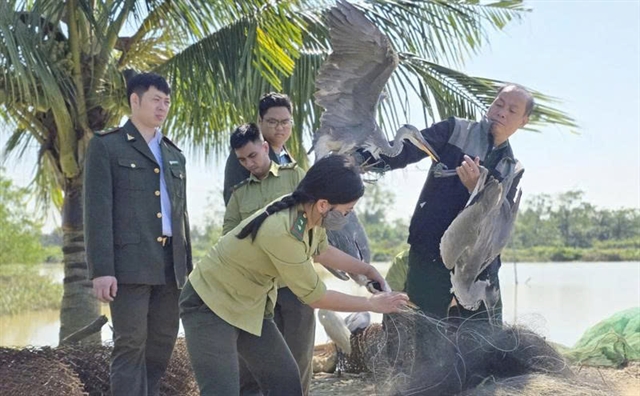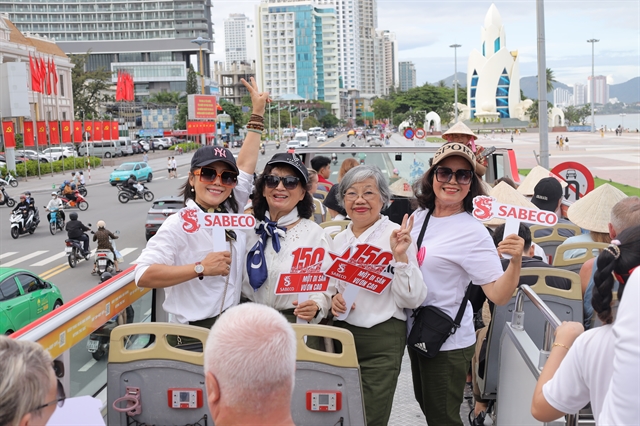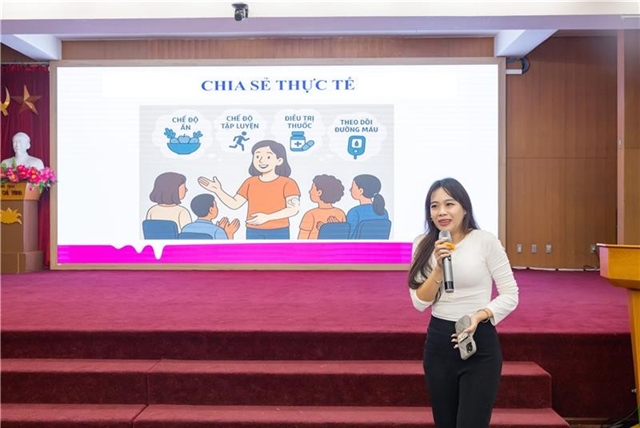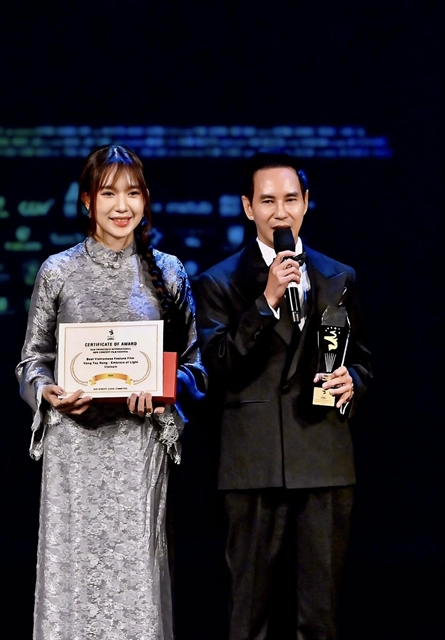 Life & Style
Life & Style

Tradition theatrical art is facing an existential crisis to its very existence, due to a lack of engagement and consistent interest from audiences, especially on the traditional stage.
HÀ NỘI — Tradition theatrical art is facing an existential crisis due to a lack of engagement and consistent interest from audiences, especially on the traditional stage.
If a solution is not found soon the art runs the risk of ceasing entirely.
This issue was brought to the table by cultural experts, researchers and artists at the National Cultural Conference 2021.

|
| Without an audience, traditional theatrical art runs the risk of stopping entirely. VNA/VNS Photo Tuấn Đức |
According to Associate Professor Dr Trần Trí Trắc, Vietnamese theatre is currently full of contradictions. While the State hosts many regular composing camps, theatrical art still lacks good productions.
Trắc went further, highlighting the lack of correlation between the number of medals awarded in art festivals and competitions to the lack of top-notch works. Too many noble titles are conferred by the State to an industry that does not captivate its audience.
“If there is no audience, who does the artist perform for?” Trắc asked.
Trắc said he believed that the cause of the above conflicts is the limited number of qualifications among the managers and the inability to put the correct resolutions into practice.
Analysing the limitations and challenges to the development of theatre, Trịnh Thúy Mùi, president of the Việt Nam Association of Theatre Artists, said that there is still a shortage of talented young art and literature writers who want a career in theatre.
“Today's theatre art creators are mainly trained in-country and many lack access to the global literary quintessence, so there are very few outstanding talents", she said.
Elaborating further, Mùi said that the composing mechanisms and policies in the field of art have not met the requirements. The Government has issued regulations on literary and artistic royalties, but many places cannot afford to pay these royalties. Therefore, it is not possible to have quality works that resonate.
Audiences need to change
According to researcher Trần Trí Trắc, it is not just artists that need to improve, but also audiences that need to change.
In order for traditional theatre to last and contribute to the comprehensive development of Vietnamese culture and people, it is necessary to build and develop new generations of audiences for the traditional stage, Trắc added.
“Audience orientation should be considered the most important issue because the audience co-exists with theatrical art. When building a play, the authors also need to orientate with the audience, to make the stage become an art form that brings positive energy and be able to interact with the audience,” he said.
Phan Trọng Thưởng, vice chairman of the Central Committee for Theory and Criticism of Literature and Art, agrees with this view.
Thưởng expressed concern that most of the young generation today turn away from traditional art, considering it old-fashioned and outdated.
“They seem to no longer be able to feel the beauty of folk songs or chèo plays imbued with the national soul," he said.
Thưởng said he also believed that it is necessary to reach a certain level of cultural understanding to be able to feel the beauty hidden inside each traditional tune.
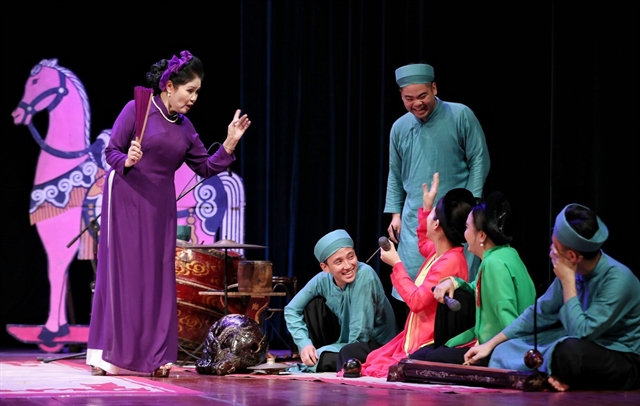
|
| To appreciate the beauty of traditional art forms like chèo requires a certain level of cultural understanding. VNA/VNS Photo Thành Đạt |
He argued that if musical tastes do not change and national artistic traditions are not preserved and promoted, the consequences will be a loss of cultural roots.
Contributing solutions, People's Artist Thúy Mùi suggested a project to develop a strategy for theatrical art development by introducing traditional art in schools. This project would preserve and promote the quintessential traditional artistic values that are at risk of being lost, and at the same time as building a younger generation of traditional theatre audiences.
She said that this is a highly feasible activity that would equip young people with knowledge of the country's history and support the development of literature and art.
Recently, the programme "Introducing tuồng to young audiences in 2021" created by the Việt Nam Tuồng Theatre has contributed to bringing the classical Vietnamese theatre form closer to younger audiences.
Talking about this programme, actor Lộc Huyền from the Việt Nam Tuồng Theatre said young and promising artists were selected specially to perform for audiences. Aside from acting skills, the programme has set strict criteria that focus on artistic standards and emphasise the unique characteristics of tuồng and Vietnamese culture as a whole.
The theatre also broke down the performances by age, with some aimed at primary school students, some for high school students, and others for those at university.
“Of course there are exceptions, such as the tuồng comedy 'The Old Man Carries His Young Wife to See the Festival', which all students can easily relate to and enjoy. Through communicating with the audience, artists can introduce the characteristics of tuồng art more deeply,” said Lộc Huyền.
The programme "Introducing tuồng to young audiences in 2021", by the Việt Nam Tuồng Theatre, is part of an approach to bring new audiences closer to this complex, not easily accessible, long-standing art. This new direction is a sustainable way to preserve traditional theatrical forms. VNS

